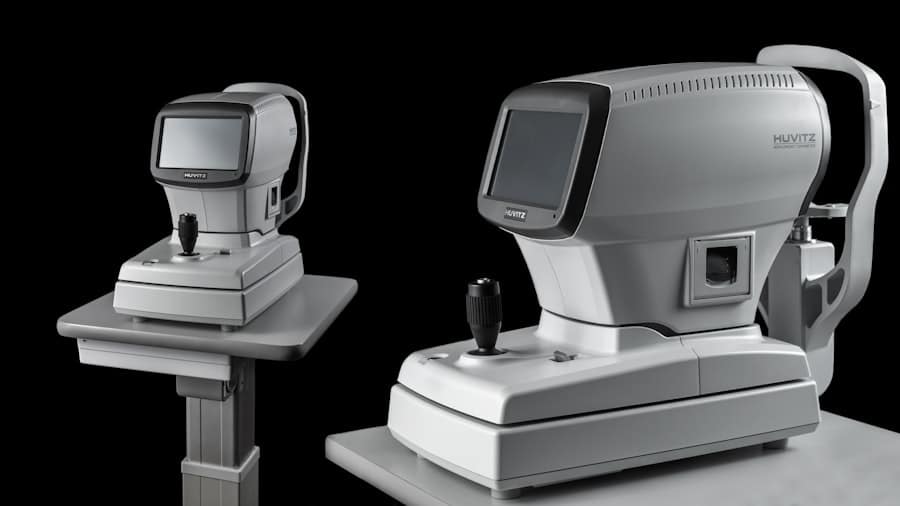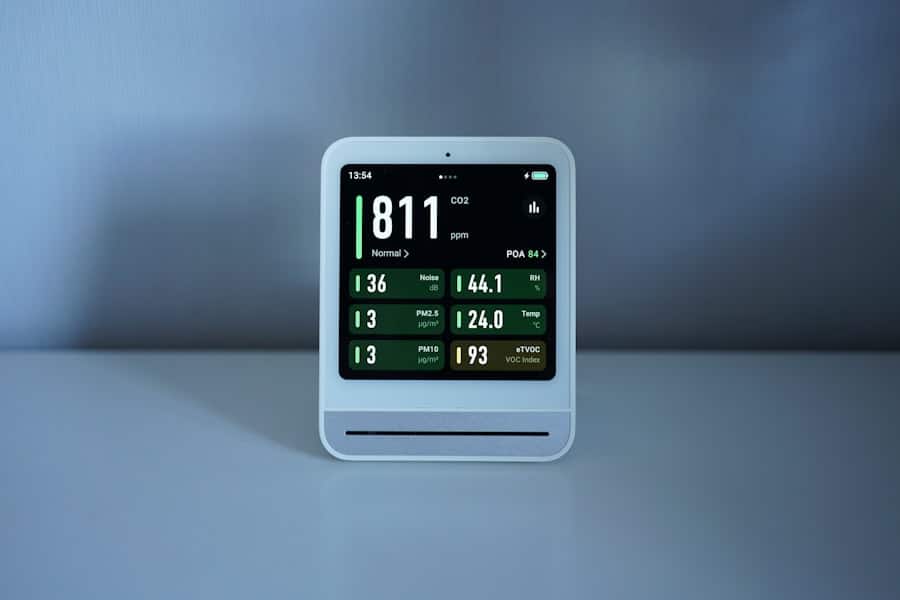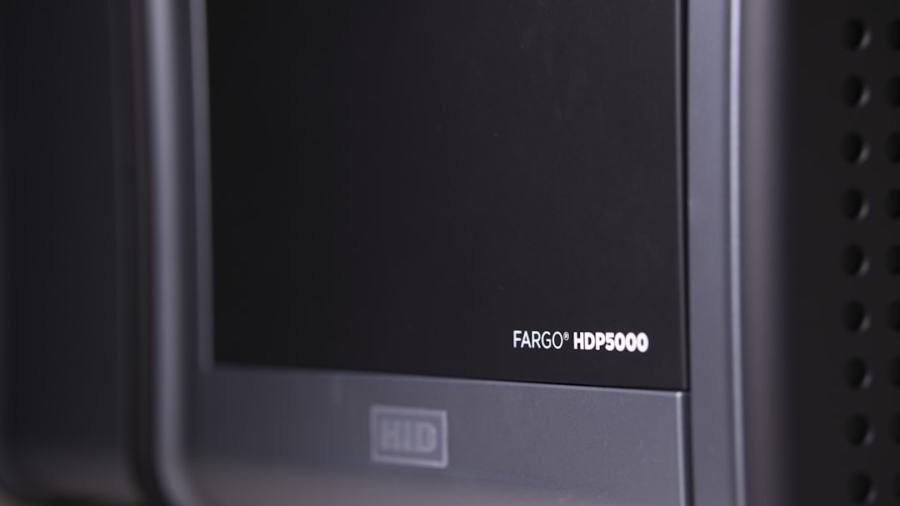Wearable ECG monitors have emerged as a revolutionary tool in the realm of personal health technology, providing individuals with unprecedented access to their cardiovascular data. These devices, often resembling smartwatches or fitness trackers, are designed to continuously monitor the electrical activity of the heart, offering real-time insights into heart health. The rise of wearable ECG monitors is a response to the increasing prevalence of heart disease, which remains one of the leading causes of morbidity and mortality worldwide.
By empowering users to take charge of their heart health, these devices are not only enhancing individual awareness but also contributing to broader public health initiatives aimed at early detection and prevention. The integration of advanced technology into everyday life has made it possible for individuals to monitor their health in ways that were previously confined to clinical settings. Wearable ECG monitors utilize sophisticated sensors and algorithms to capture and analyze heart rhythms, making it easier for users to identify potential issues before they escalate into serious conditions.
As healthcare continues to evolve towards a more patient-centered model, these devices represent a significant step forward, bridging the gap between traditional medical practices and modern technology. The convenience and accessibility of wearable ECG monitors are transforming how we approach heart health, making it an essential topic for anyone interested in personal wellness.
Key Takeaways
- Wearable ECG monitors are portable devices that can track heart activity and provide early detection of heart conditions.
- Early heart conditions such as arrhythmias and atrial fibrillation can be detected and monitored using wearable ECG monitors.
- Wearable ECG monitors work by recording the electrical activity of the heart and transmitting the data to a smartphone or other device for analysis.
- The benefits of using wearable ECG monitors include early detection of heart conditions, continuous monitoring, and convenience for users.
- Limitations and considerations of using wearable ECG monitors include accuracy of readings, cost, and the need for medical interpretation of the data.
Understanding Early Heart Conditions
Early heart conditions can manifest in various forms, including arrhythmias, ischemic heart disease, and even structural abnormalities that may not present symptoms until they reach advanced stages. Arrhythmias, for instance, are irregular heartbeats that can lead to serious complications if left undiagnosed. Conditions such as atrial fibrillation (AFib) are particularly concerning because they can increase the risk of stroke and heart failure.
Understanding these early signs is crucial for timely intervention and management. Many individuals may experience palpitations or shortness of breath without realizing that these symptoms could indicate an underlying heart condition. Moreover, ischemic heart disease, which occurs when blood flow to the heart is reduced due to blockages in the coronary arteries, can also develop silently over time.
Risk factors such as high blood pressure, high cholesterol, diabetes, and lifestyle choices like smoking and sedentary behavior contribute significantly to the development of these conditions. The challenge lies in the fact that many people remain unaware of their risk until they experience a significant event, such as a heart attack. This underscores the importance of proactive monitoring and early detection strategies that can identify these conditions before they lead to severe health crises.
How Wearable ECG Monitors Work

Wearable ECG monitors function by employing electrodes that detect electrical signals generated by the heart during each heartbeat. These devices typically use a combination of optical sensors and electrical leads to capture data on heart rhythm and rate. When a user wears the device, it continuously records the electrical activity of the heart, translating this information into a visual representation known as an electrocardiogram (ECG).
The data collected can then be analyzed using built-in algorithms that assess the rhythm for any irregularities or abnormalities. The technology behind these monitors has advanced significantly in recent years. For instance, some devices can provide single-lead ECG readings, which are sufficient for detecting common arrhythmias like AFib.
More sophisticated models may offer multi-lead capabilities, allowing for a more comprehensive analysis of cardiac function. Additionally, many wearable ECG monitors are equipped with Bluetooth connectivity, enabling seamless data transfer to smartphones or other devices where users can view their heart health metrics in real time. This integration not only enhances user engagement but also facilitates sharing data with healthcare providers for further evaluation.
Benefits of Using Wearable ECG Monitors
The benefits of wearable ECG monitors extend beyond mere convenience; they play a pivotal role in enhancing cardiovascular health management. One of the primary advantages is the ability to provide continuous monitoring, which allows for the detection of irregularities that may occur sporadically throughout the day. Traditional ECG tests often require patients to visit a healthcare facility for a limited duration, which may not capture transient arrhythmias or other issues that could arise outside of a clinical setting.
Wearable devices empower users to track their heart health over extended periods, leading to more accurate assessments. Another significant benefit is the potential for early intervention.
This proactive approach can lead to timely treatment options that may include lifestyle modifications, medication adjustments, or further diagnostic testing. Furthermore, many wearable ECG monitors come equipped with alert systems that notify users when their heart rate exceeds or falls below predetermined thresholds, providing an additional layer of safety and reassurance.
Limitations and Considerations
Despite their numerous advantages, wearable ECG monitors are not without limitations and considerations that users should be aware of before relying solely on these devices for heart health monitoring. One primary concern is the accuracy of readings. While many devices are designed with advanced technology, they may not always match the precision of clinical-grade ECG machines used in hospitals and medical facilities.
Factors such as poor electrode placement, movement artifacts during exercise, or even skin conditions can affect the quality of data collected. Additionally, there is a risk of over-reliance on these devices leading to unnecessary anxiety or alarmism among users. For instance, receiving alerts about irregular heart rhythms may cause individuals to panic without understanding the context or significance of those readings.
It is essential for users to interpret data within a broader context and consult healthcare professionals for comprehensive evaluations rather than making decisions based solely on device feedback. Education on how to use these monitors effectively and understanding their limitations is crucial for maximizing their benefits while minimizing potential drawbacks.
Importance of Early Detection and Monitoring

The importance of early detection and monitoring in cardiovascular health cannot be overstated. Heart disease often develops gradually over time, with many individuals remaining asymptomatic until significant damage has occurred. Early detection through regular monitoring can lead to interventions that significantly alter disease progression and improve outcomes.
For example, identifying elevated blood pressure or cholesterol levels early allows for lifestyle changes or medication adjustments that can prevent more severe complications down the line. Moreover, continuous monitoring enables healthcare providers to tailor treatment plans based on real-time data rather than relying solely on periodic check-ups. This shift towards personalized medicine enhances patient engagement and adherence to treatment protocols since individuals can see firsthand how their lifestyle choices impact their heart health.
The integration of wearable ECG monitors into routine health practices represents a paradigm shift in how we approach cardiovascular care—moving from reactive treatment models to proactive management strategies that prioritize prevention.
Using Wearable ECG Monitors for Prevention and Management
Wearable ECG monitors serve as valuable tools not only for detecting existing conditions but also for preventing future cardiovascular issues. By encouraging users to adopt healthier lifestyles through regular monitoring and feedback, these devices can play a significant role in reducing risk factors associated with heart disease. For instance, many wearable devices track physical activity levels, sleep patterns, and stress indicators—factors that are closely linked to cardiovascular health.
By providing insights into these areas, users can make informed decisions about their daily habits. In addition to lifestyle modifications, wearable ECG monitors facilitate ongoing management for individuals with pre-existing conditions such as hypertension or arrhythmias. Patients can use these devices to monitor their heart rhythms regularly and share data with healthcare providers during consultations.
This collaborative approach allows for timely adjustments in treatment plans based on real-world data rather than relying solely on infrequent clinical visits. As a result, patients feel more empowered in their care journey and are more likely to adhere to prescribed interventions.
Future Developments in Wearable ECG Technology
The future of wearable ECG technology holds immense promise as advancements continue to reshape how we monitor and manage heart health. One area poised for growth is the integration of artificial intelligence (AI) into wearable devices. AI algorithms can analyze vast amounts of data collected from users to identify patterns and predict potential health issues before they arise.
This predictive capability could revolutionize preventive care by enabling earlier interventions tailored specifically to individual risk profiles. Additionally, future developments may focus on enhancing the accuracy and reliability of readings through improved sensor technology and multi-lead configurations that mimic traditional ECG setups more closely. Innovations such as flexible electronics could lead to even more comfortable wearables that users are willing to wear consistently throughout their daily lives.
As we look ahead, it is clear that wearable ECG monitors will continue to evolve alongside advancements in technology and healthcare practices. Their potential to transform cardiovascular care by promoting early detection, personalized management strategies, and preventive measures positions them as essential tools in the ongoing fight against heart disease.
In the realm of health technology, wearable ECG monitors have emerged as a groundbreaking tool for detecting early heart conditions, offering users a proactive approach to managing their cardiovascular health. These devices are part of a broader trend in tech innovation, which is also creating lucrative career opportunities. For those interested in exploring the intersection of technology and high-paying careers, an insightful article titled “Discover the Best Paying Jobs in Tech 2023” provides valuable information on the most rewarding positions in the tech industry. You can read more about these opportunities by visiting the article through this link.
FAQs
What is a wearable ECG monitor?
A wearable ECG monitor is a device that can be worn on the body to continuously monitor the electrical activity of the heart. It records the heart’s rhythm and can detect irregularities or abnormalities.
How do wearable ECG monitors detect early heart conditions?
Wearable ECG monitors detect early heart conditions by continuously monitoring the heart’s electrical activity and alerting the wearer to any irregularities. These monitors can detect conditions such as arrhythmias, atrial fibrillation, and other heart rhythm disorders.
Are wearable ECG monitors accurate in detecting early heart conditions?
Wearable ECG monitors have been shown to be accurate in detecting early heart conditions. They can provide valuable data to healthcare professionals for diagnosis and treatment planning.
Who can benefit from using a wearable ECG monitor?
Individuals who have a family history of heart conditions, those with existing heart conditions, and people who are at risk for heart disease can benefit from using a wearable ECG monitor. It can also be useful for athletes and individuals who want to monitor their heart health during physical activity.
How often should a person use a wearable ECG monitor?
The frequency of use for a wearable ECG monitor can vary depending on the individual’s health status and the recommendation of their healthcare provider. Some individuals may use it continuously, while others may use it periodically to monitor specific situations or symptoms.

